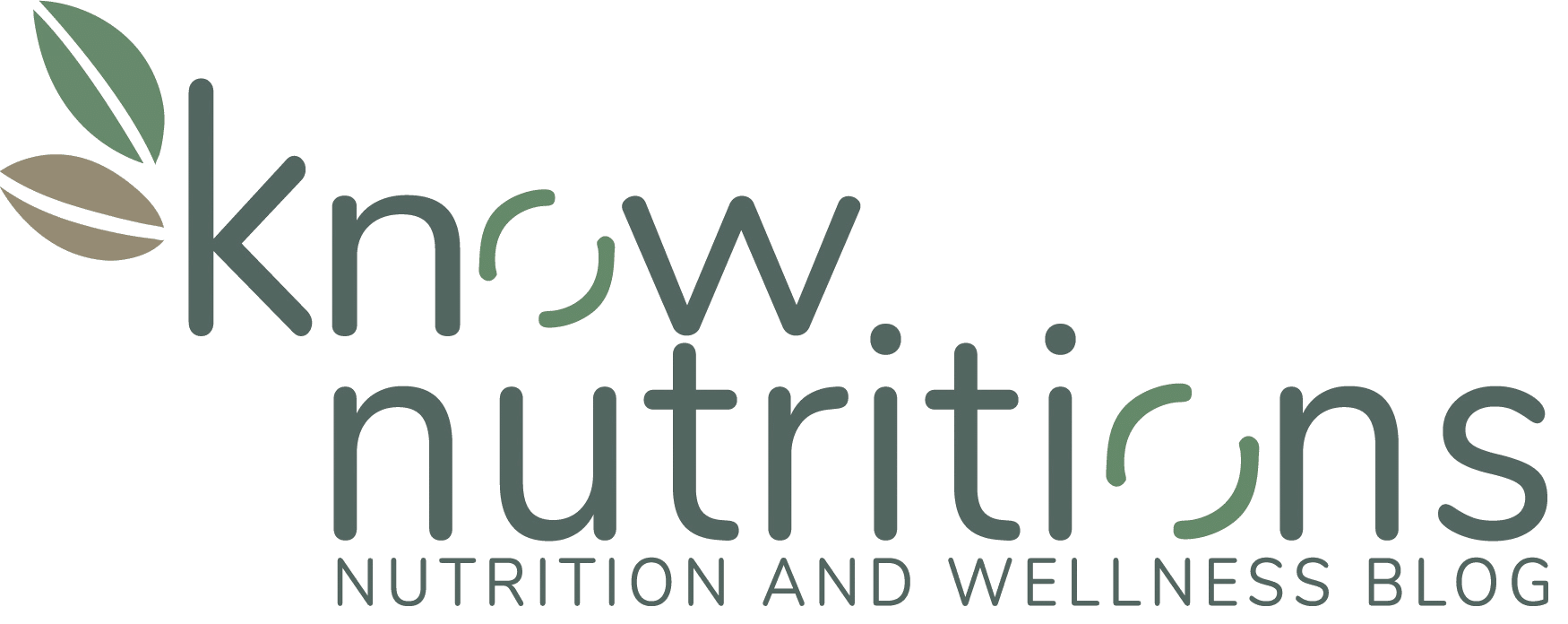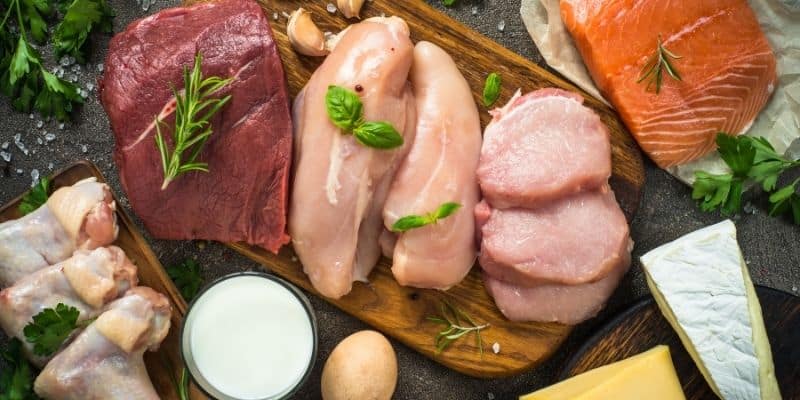Building muscle is a goal for many fitness enthusiasts, and achieving this requires not only a dedicated workout regimen but also a well-structured diet rich in protein sources for muscle growth. Protein is essential for muscle repair, recovery, and growth, making it a critical component of any muscle gain strategy.
In this blog, we will explore the best protein sources for muscle growth that can effectively support your muscle-building journey. Whether you prefer lean meats, fish, or plant-based options, understanding these protein sources for muscle growth will help you maximize your results and reach your fitness goals.
Table of Contents
- Best Protein Sources for Muscle Growth
- Recommended Protein Intake
- Top Protein Sources for Muscle Growth
- Protein Sources Comparison
- How to Increase Protein Intake for Muscle Growth
- Incorporate Protein-Rich Foods in Every Meal
- Use Protein Supplements Wisely
- Plan Your Meals Ahead
- Diversify Your Protein Sources
- Monitor Your Progress
- Final Takeaway: Best Protein Sources for Muscle Growth
- FAQs
Best Protein Sources for Muscle Growth
Looking to maximize your muscle growth? Discover the top protein sources for muscle growth to help you build strength effectively. Incorporating lean meats like chicken and turkey, fatty fish such as salmon and tuna, and plant-based options like tofu and lentils can significantly enhance your protein intake. For example, chicken breast provides about 26 grams of protein per 3-ounce serving, while salmon offers around 22 grams of beneficial omega-3 fatty acids. Additionally, dairy products like Greek yogurt and cottage cheese are excellent for recovery, providing a mix of fast- and slow-digesting proteins.
By strategically including these high-protein foods in your diet, you can ensure optimal muscle repair and growth through effective protein sources for muscle growth.
Recommended Protein Intake
The optimal protein intake for muscle growth typically ranges from 1.2 to 2.2 grams per kilogram of body weight. This means a person weighing 75 kg (165 lbs) should aim for approximately 90 to 165 grams of protein daily, depending on their training intensity and goals.
Top Protein Sources for Muscle Growth
1. Lean Meats
Lean meats are among the best sources of high-quality protein.
Chicken Breast
Chicken breast is a favorite among bodybuilders due to its high protein content (about 26 grams per 3-ounce serving) and low fat. It’s also rich in B vitamins, which help support energy metabolism.
Turkey
Turkey is another excellent source of lean protein. It provides benefits similar to chicken and is rich in selenium and zinc.
Beef
Lean cuts of beef offer about 22 grams of protein per 3-ounce serving and are also packed with iron and creatine, both vital for muscle function and energy production.
Game Meat
Game meats like bison or venison are leaner than traditional meats and provide high-quality protein and beneficial nutrients like omega-3 fatty acids.
2. Fish
Fish is an excellent source of protein and offers healthy fats.
Salmon
Salmon contains about 22 grams of protein per 3-ounce serving and is rich in omega-3 fatty acids, which can help reduce inflammation and support recovery.
Tuna
Tuna provides approximately 20 grams of protein per 3-ounce serving and is low in calories, making it an excellent option for those looking to build muscle without excess fat.
Cod
Cod is another lean fish that offers about 20 grams of protein per 3-ounce serving and is low in fat.
Sardines
Sardines are packed with about 25 grams of protein per can and are rich in omega-3s and vitamin D.
Mackerel
Mackerel provides around 20 grams of protein per 3-ounce serving and is known for its heart-healthy fats.
3. Dairy Products
Dairy products are not just good sources of calcium; they also provide high-quality protein.
Greek Yogurt
Greek yogurt contains about 10 grams of protein per 100 grams and is an excellent probiotic source for gut health.
Cottage Cheese
Cottage cheese offers approximately 28 grams of protein per cup, making it one of the highest-protein dairy options.
Milk
Both whole and skim milk provide about 8 grams of protein per cup, calcium, and vitamin D, which are essential for bone health.
Cheese
Cheese varieties like Parmesan can provide around 10 grams of protein per ounce, making it a tasty meal addition.
Kefir
Kefir is a fermented dairy product that contains about 11 grams of protein per cup and beneficial probiotics for digestive health.

4. Plant-Based Proteins
Plant-based options are excellent for vegetarians or those looking to diversify their protein sources.
Tofu
Tofu contains around 10 grams of protein per half-cup and is a versatile ingredient that can be used in various dishes.
Lentils
Lentils provide approximately 18 grams of protein per cooked cup, fiber, and essential minerals like iron.
Chickpeas
Chickpeas offer about 15 grams of protein per cooked cup and can be used in salads, soups, or made into hummus.
Quinoa
Quinoa is unique among grains because it contains all nine essential amino acids and provides about 8 grams of protein per cooked cup.
Edamame
Edamame (young soybeans) contains around 17 grams of protein per cup and is rich in fiber and antioxidants.
5. Nuts and Seeds
Nuts and seeds are high in healthy fats and provide reasonable amounts of protein.
Almonds
Almonds contain about 6 grams of protein per ounce and healthy monounsaturated fats.
Chia Seeds
Chia seeds offer approximately 5 grams of protein per ounce and are high in fiber and omega-3 fatty acids.
Pumpkin Seeds
Pumpkin seeds provide around 7 grams of protein per ounce and are rich in magnesium, which supports muscle function.
Peanut Butter
Peanut butter contains about 8 grams of protein per two tablespoons, making it a popular choice for smoothies or snacks.
Hemp Seeds
Hemp seeds provide approximately 10 grams of protein per ounce and essential fatty acids beneficial for overall health.
Protein Sources Comparison
| Food Source | Protein (g) / Serving | Additional Benefits |
| Chicken Breast | 26 | Low fat, B vitamins |
| Salmon | 22 | Omega-3 fatty acids |
| Greek Yogurt | 10 | Probiotics |
| Tofu | 10 | Versatile plant-based option |
| Almonds | 6 | Healthy fats |
How to Increase Protein Intake for Muscle Growth
To effectively increase your intake of protein sources for muscle growth, consider the following detailed strategies. Each approach can help ensure you meet your protein needs for optimal muscle repair and growth.
Incorporate Protein-Rich Foods in Every Meal
One of the simplest ways to boost your protein intake is to include high-protein foods in every meal and snack. Here are some practical tips:
- Breakfast: Start your day with protein-rich options such as eggs, Greek yogurt, or a protein smoothie. For example, a smoothie made with whey protein powder, spinach, and banana can provide a significant protein boost.
- Lunch: Include lean meats like chicken or turkey in salads or sandwiches. Adding beans or lentils to soups or salads can also enhance the protein content.
- Dinner: Focus on protein sources like fish or tofu. Pair these with whole grains like quinoa or brown rice, which also provide some protein.
- Snacks: Opt for high-protein snacks such as cottage cheese, nuts, or protein bars. For instance, a handful of almonds or a serving of Greek yogurt can keep you satiated while increasing your daily protein intake.
Use Protein Supplements Wisely
Protein supplements can be an effective way to help meet your daily requirements, especially if you struggle to consume enough protein through whole foods alone. Here’s how to use them effectively:
- Whey Protein: This fast-digesting protein is great for post-workout recovery. Mixing whey protein powder with water or milk immediately after your workout can help maximize muscle repair.
- Plant-Based Protein Powders: If you prefer plant-based options, consider powders made from pea, hemp, or brown rice protein. These can be added to smoothies, oatmeal, or baked goods.
- Timing: Use supplements strategically around your workouts. Consuming a protein shake within 30 minutes post-exercise can optimize recovery and muscle growth.
Plan Your Meals Ahead
Meal planning is crucial for maintaining a high-protein diet. By preparing meals in advance, you can ensure that you have access to nutritious options that align with your muscle growth goals. Here’s how to do it effectively:
- Create a Weekly Menu: Outline meals for each day of the week that include various protein sources for muscle growth. Incorporate different types of proteins (meat, dairy, legumes) to keep meals interesting and balanced.
- Batch Cooking: Prepare large quantities of high-protein foods such as grilled chicken, quinoa, or lentil soup at the beginning of the week. Store them in portioned containers for easy access throughout the week.
- Healthy Snacks on Hand: Keep high-protein snacks readily available to avoid reaching for less nutritious options when hunger strikes. Stock up on items like hard-boiled eggs, beef jerky, or Greek yogurt cups.
Diversify Your Protein Sources
To ensure you’re getting all essential amino acids necessary for muscle growth, diversify your protein sources:
- Animal Proteins: Incorporate a variety of meats (chicken, turkey, beef) and fish (salmon, tuna) into your diet. Each type provides unique nutrients beneficial for muscle repair.
- Plant Proteins: Include legumes (lentils, chickpeas), whole grains (quinoa), nuts (almonds), and seeds (chia seeds) in your meals. These not only add protein but also fiber and other essential nutrients.
Monitor Your Progress
Keep track of your daily protein intake to ensure you’re meeting your goals:
- Use Apps: Consider using nutrition tracking apps that allow you to log food intake and calculate protein consumption easily.
- Adjust as Needed: If you’re not seeing desired results in muscle gain or recovery, reassess your intake and make adjustments accordingly.
Final Takeaway: Best Protein Sources for Muscle Growth
In conclusion, achieving optimal muscle growth requires dedication to the gym and a strategic approach to nutrition that includes various protein sources for muscle growth. By incorporating these top ten best sources into your diet—from lean meats to plant-based options—you can ensure that your body has the necessary building blocks to repair muscles effectively after workouts. Remember that combining these dietary choices with consistent strength training will yield the best results in building strength effectively.
FAQs
What is the best time to consume protein for muscle growth?
The best time to consume protein is within the anabolic window, typically 30 minutes to two hours after your workout. This timing helps maximize muscle repair and growth by providing your body with the necessary amino acids when they are most needed.
Can I get enough protein from plant-based sources?
You can obtain sufficient protein from plant-based sources by combining legumes, grains, nuts, and seeds. It’s vital to ensure you consume a variety to cover all essential amino acids.
How much water should I drink when increasing my protein intake?
When increasing your protein intake, it’s essential to stay hydrated, as higher levels of dietary proteins can increase the need for water. Aim for at least 2-3 liters daily, depending on your activity level.
Are there any risks associated with high-protein diets?
While high-protein diets can benefit muscle gain, excessive intake may lead to kidney strain in individuals with pre-existing kidney conditions. It’s advisable to consult with a healthcare provider before making significant dietary changes.
How do I know if I’m getting enough protein?
You can track your daily intake using food diaries or apps designed for nutritional tracking. Additionally, monitoring your body’s response through strength gains or changes in body composition can indicate whether you’re meeting your needs.










